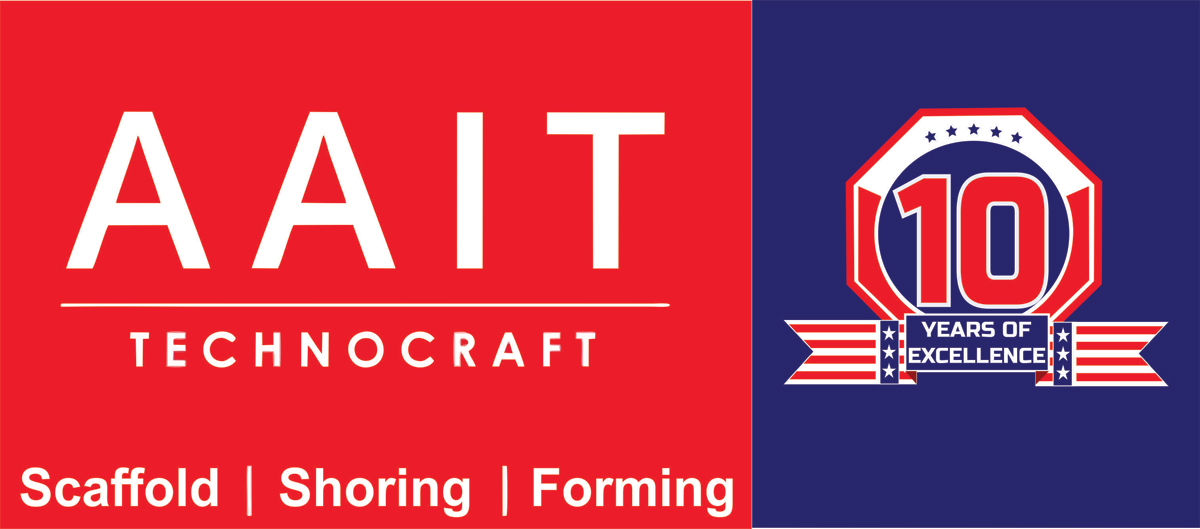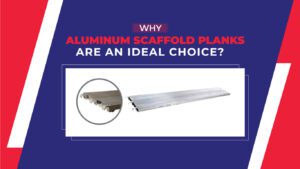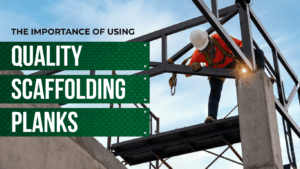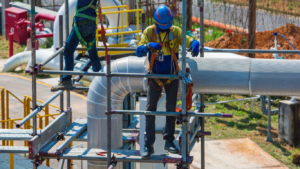Scaffolding Braces | Benefits – Importance – Types
When workers are building a scaffolding structure, they always need to use braces. These offer many benefits beyond stability. Proper placement of the braces also preserves the integrity of the scaffolding structure. But do you really know the different types of scaffolding braces? In this article, you will know more about scaffolding braces and their types.
What Are Braces in Scaffolding?
In the construction domain, it’s important to ensure stability while using the scaffold. Hence, when workers assemble the scaffold, they use braces. These refer to connections that hold the scaffold components in a certain position. If you fail to set up the braces, the scaffolding structure becomes weak and unsafe for use. Let’s check out the different types of scaffolding braces.
Scaffolding Bracing Types
When you encounter braces at the market, you will notice a variety of types. Here are some of the braces commonly used by workers.
Diagonal Braces
Such braces place the scaffold tube diagonally with the vertical and horizontal members.
Cross Braces
Cross braces occur when the tubes are placed diagonally and cross one another. The center joins the members as they form an X shape.
Longitudinal Braces
Elements positioned along the scaffold’s length are known as longitudinal braces. They connect the vertical posts with one another to ensure stability.
Plan Braces
The scaffolding structure positions these elements horizontally and diagonally within its plane. Apart from offering additional stability, these elements avoid lateral motion during tasks.
Transverse Braces
Traverse braces are components placed diagonally across the scaffold’s width. These provide lateral stability because they connect vertical posts on opposite sides.
Dog-Leg or Zigzag Braces
Workers arrange zigzag braces in a zigzag pattern. These often connect the vertical posts on opposite sides of the structure.
Requirements of Scaffolding Bracing
While workers are setting up the scaffold, it’s important to ensure stability and safety. Here are some requirements for bracing.
>> Before placing the braces, the material should be strong to withstand loads. Using cross or diagonal braces can also help to ensure stability.
>> As per OSHA standards, it’s necessary to use braces with a height up to 26 feet. This is the standard for a three-foot distance.
Bracing requires adherence to specific design guidelines. Professionals should also calculate the load-bearing capacity.
Workers must follow certain instructions when installing braces. Placing the braces at the correct angles also helps to enhance stability.
Scaffolding Braces for Sale
When you’re looking for braces, an online search can help you find suitable ones. Moreover, you will also find braces in popular online stores. If you can’t afford to buy the braces, then consider ones made in China. You can easily find such types of braces on websites like AliExpress, Alibaba, and more.
What is the purpose of cross-braces in scaffolding?
Cross braces help prevent the vertical members from swaying. Once the braces are in place, the scaffolding structure remains upright at all times. Moreover, cross-bracing prevents accidents that may occur due to dwanging or swaying.
Scaffolding Cross Brace Sizes
The size of cross braces varies depending on the scaffolding structure. Moreover, workers will have to use braces of appropriate sizes based on the construction project. However, the standard sizes of cross braces include 8’ x 4’, 10’ x 4’, 7 x 3’/4’, and 10’ x 27.75”. However, many suppliers will provide braces in larger than usual sizes.
Cross Scaffolding Braces Price
The overall cost of scaffolding braces will vary depending on the dealer. However, braces are typically priced between $10 and $35. If you purchase a large quantity of braces, the cost will be more affordable. On the other hand, when you consider buying braces from Chinese manufacturers, the rate is lower.
How can I choose the best scaffolding braces available in the market?
Many factors have to be considered before buying scaffolding braces. Let’s check them out one after the other.
Manufacturer
Firstly, you need to consider a supplier before selecting the braces. Even when they deal with the same range of braces, they may differ.
Price
Price is another aspect to consider before making a purchase. If the braces are affordable, then it doesn’t mean they are poor in quality. But high prices mean you must check braces durability.
Material
The material of the braces also matters most before making a purchase. If you’re concerned about strength, then go for galvanized steel braces. However, you should consider aluminum braces as they remain unaffected by chemicals. The outdoor environment around aluminum braces also doesn’t oxidize them.
Safety
Lastly, ensure that the braces are safe to use. This relates to the scaffolding structure’s setup and worker safety.
Where can you purchase the best scaffolding braces?
When you’re looking for scaffold braces, you’ll find many companies worldwide. However, for the best braces, you should connect with organizations in Europe and the US. Way ahead, many organizations get in touch with Chinese companies for manufacturing the braces.
If you’re looking for good-quality braces, then you can get in touch with AAIT Scaffolds.
Benefits of Choosing AAIT’s Scaffolding Braces
When you approach AAIT for scaffolding braces, we use high-quality material that is resistant to environmental conditions. We ensure that our braces meet safety standards for various construction projects. Moreover, we offer different types of braces to suit the project requirements and the scaffolding configurations.












 Download
Download


